Each time a survey, however small or flawed it is, places Bengaluru on top of its list, you can be rest assured that the government will paste full-page advertisements in papers, of its leaders claiming credit for it. Wonder why there is complete silence when Bengaluru became the city with the most active COVID cases not just in India, but across the world. After all, the political establishment has perhaps contributed more to Bengaluru’s horrifying COVID scenario than it has in the city being ‘the most liveable’, ‘most dynamic’ or for being the start-up capital.
At crematoria, at hospitals, in front of pharmacies, on Whatsapp groups and through pleas on social media, the overwhelming sense of distress and helplessness engulfing the city comes with an undercurrent of anger. The sense of abandonment by the State is palpable. “Where is the government?” is the refrain.
How did Bengaluru get here? Missteps, indecision, a weak political set-up and an awakening to action when things had already gone beyond control.
Did we act fast enough?
Even in the calm of December, frontline workers were dreading the onset of a second wave. They had known something was coming. The State’s Technical Advisory Committee (TAC) — from where the government’s science advice comes from — predicted a second wave in January and February. While the TAC’s prediction has been proven off by a couple of months, the report did warn of a bigger, faster spreading and more dangerous wave.
While these ominous predictions were being made, BBMP insisted that it was prepared. “There are more than enough ICU beds. Oxygen availability is not a problem…we can ramp up hospital infrastructure if we detect an increasing number of cases before the second wave,” BBMP officials had told Citizen Matters in December.
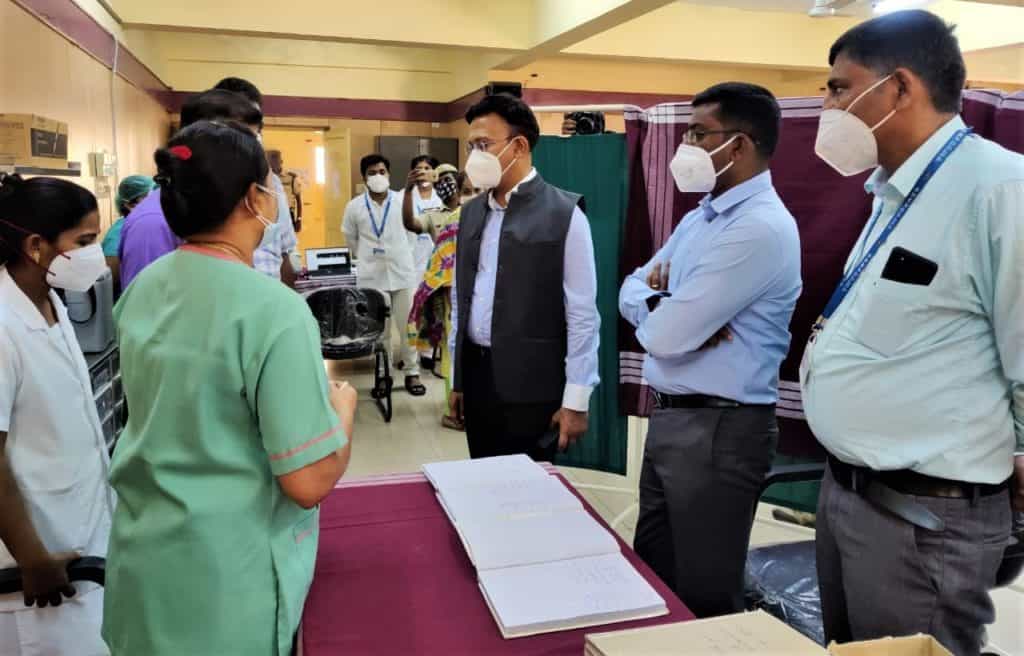
With zero ICU beds shown as available for a few weeks now, this optimism has been proven to be a dangerous chimera. The civic body is taking cover under the excuse that the severity of the wave was not anticipated. The infrastructure is not catching up. It is merely ambling when the virus is sprinting across the city.
Since the last week of April, the city’s daily recorded cases have crossed 20,000, and ICU beds and vital medicines are in short supply. Existing crematoria can’t cope and the bereaved are made to wait for hours for their slot. Health Minister K. Sudhakar announced that the state is “looking to” add 2,000 ICU beds in Bengaluru; an MP wrote to the defence ministry asking for a 1,000 bed hospital to be opened here.
It is shocking that manpower and telecom infrastructure for 1912, the city’s critical COVID helpline, was augmented only after it was overwhelmed in the latter half of April.
Read more: Do Bengaluru’s COVID helplines help?
It was after Bengaluru became the city with the highest COVID cases, that the state government appointed five ministers to handle various aspects of pandemic control, including medicine procurement, beds and oxygen supply.
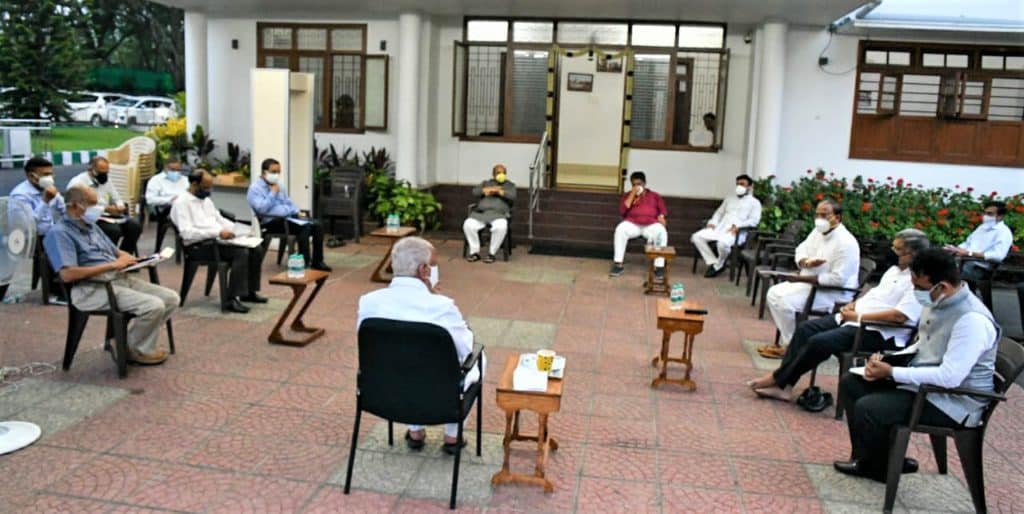
When these announcements had been made, the city had already seen 44 days during which 1,000 daily COVID cases were recorded. By then, 3.61 lakh people in the city had tested positive, and at least (or, officially) more than 2,000 people had died.
Surely, we could see it coming. In March, Maharashtra showed strong signs of a second wave. Its intensity and spread should’ve been a sign for Karnataka. Even in the first wave, Bengaluru’s peak came weeks after Mumbai was ravaged by the virus.
Read more: Mumbai’s COVID-19 second wave: Why no one saw this coming
By the time the government announcements come to fruition, thousands more would’ve been infected, and hundreds died for want of treatment they should’ve got.
Government accountability is best answered by their policies prior to an event (or, in this case, the second pandemic). Key to this fight are informed, engaged and prepared elected officials making decisions based on scientific advice. What has the government done between waves? Apparently nothing, according to the Technical Advisory Committee.
“They had a year to prepare. They did nothing,” said one exasperated 1912 operator who has been bearing the brunt of people’s anger for the past three weeks. “Now, they announce new beds every other day. People think these beds and hospitals have already come up and ask us why we don’t allot these. We are trained not to argue with the callers, but how do we tell them that the government’s announcements are merely words for now?” said the operator.
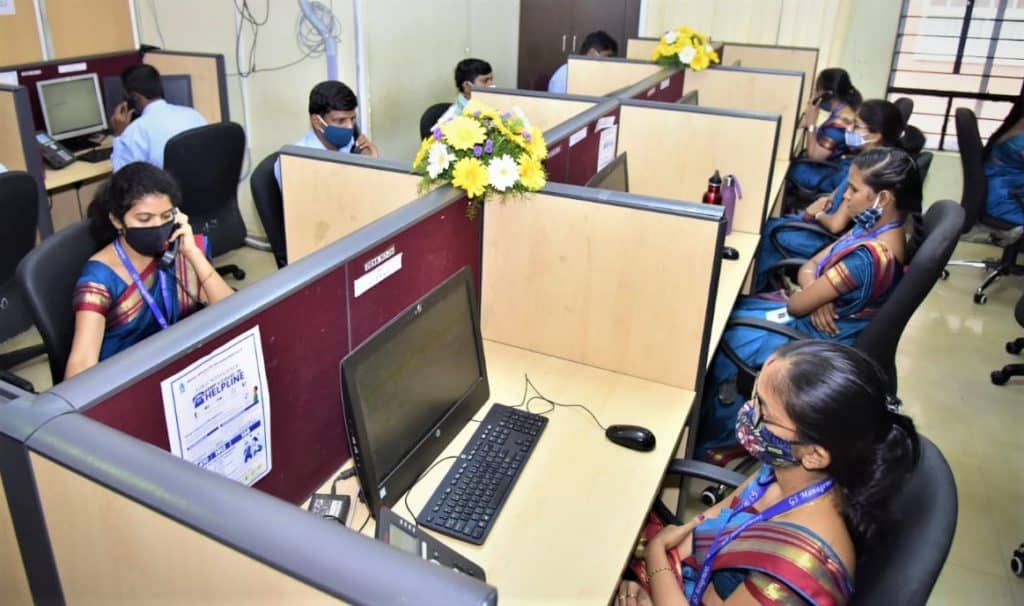
Where is the double-engine government?
In January, we in Karnataka were told by those governing the country that we were lucky. We were lucky to be in a double-engine government: ruled by the same political party in the State and Centre, and how that would ensure political stability.
While this may be a politically-catchy slogan, there is little evidence to show that political alignment leads to better results. In fact, the opposite is turning out to be true. A true democracy is run on disagreements and discussions. Having ‘yes men’ in the state-level, who are unable to stand up to the Centre due to the fear of political repercussions, can have terrible consequences.
Example 1: The Centre withheld GST compensation and told states to increase their borrowings instead. Opposition States objected while Karnataka meekly consented. In the 2021 State Budget, it was clear that Karnataka’s capacity to spend had drastically reduced.
Example 2: The Centre’s lack of regard to Karnataka’s demand for increased Oxygen supply. Opposition states, particularly Maharashtra and Delhi, were able to make the lack of Oxygen supply a political issue; repeatedly reminding the Centre that they were responsible for Oxygen supply. That turned out to be an effective strategy for an image-conscious Centre, considering how it doesn’t like being portrayed as weak or failing in its duty.
However, in Karnataka, all that Chief Minister BS Yediyurappa could do was to place a demand for 1,400-tonnes of Oxygen during a meeting with the Prime Minister. The Centre increased Karnataka’s quota marginally from 500 tonnes to 800 tonnes, for which Yediyurappa thanked Modi profusely.
Karnataka’s government had to shoot from the High Court’s shoulders. The Court ordered the Centre to increase this quota to 1,200 MT. The Centre challenged this unsuccessfully. Surely it is a shame that the BJP-led state government could not even persuade their colleagues in the Centre to heed to their demands. There is no justification for political propriety when your constituents die in their hundreds because oxygen supply can’t keep pace with demand.
After all, why whould the Centre care when the State government feels thankful for what ever the Centre allocates? And, is it possible for Yediyurappa to raise a voice against the Centre when his own political future is decided by meetings in Delhi?
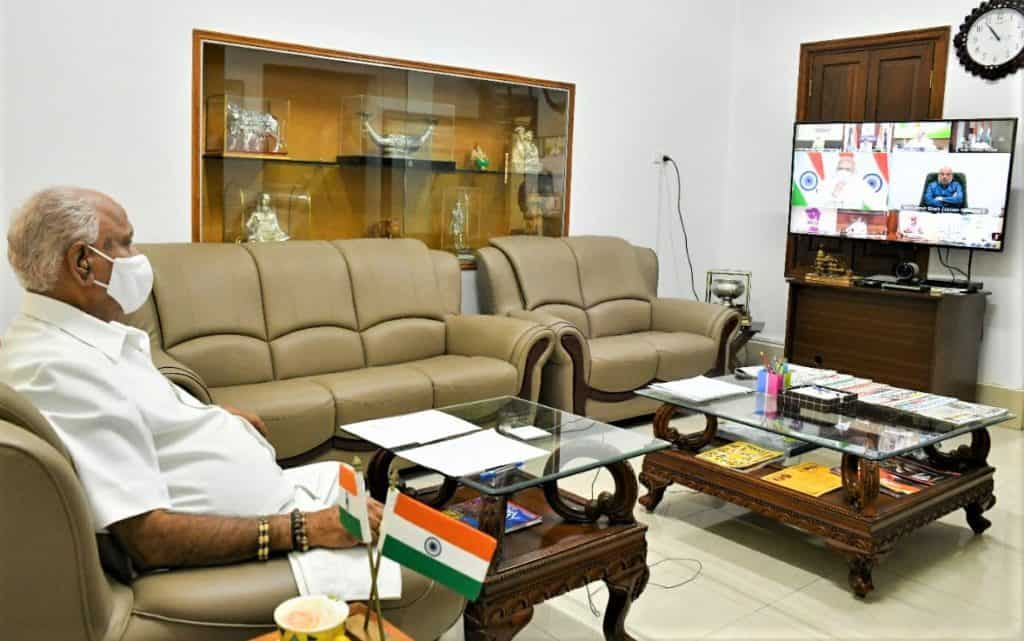
Can we blame lax citizens for second wave?
It is easy to blame citizens for the spike, which seems to be the crux of Chief Minister BS Yediyurappa’s messaging. Even as cases rose, indicating the onset of the second wave, Yediyurappa warned of a lockdown if “citizens don’t cooperate”.
However, political messaging seeps from the top. Mere statements don’t drive intent. Actions do. While the State government flip-flopped on the degree of strictness of the restrictions, political parties were hitting the campaign trail. Masks were off, crowds were in.
Read more: COVID-19: When gaps in data and communication made the crisis worse
Nationally, the messaging remained as confusing. India had declared it had defeated in the pandemic in February and the government followed this with massive audience at cricket matches, mammoth and mask-less election rallies.
Of course, “wear a mask and sanitise” was a cautionary message that continued to be broadcast. However, above it all, political messaging plays a critical role (there are multiple academic studies and observations — here, here, here — from various countries that point to this) in influencing citizen’s adherence to social distancing and mask wearing. Simply put, when the message is “all is well” and things are under control, people are likely to prioritise social and economic commitments over absolute caution.
Compounding this is the lack of decisive leadership, something that researchers and academicians have often listed as the most important trait to address the COVID crisis. In Karnataka, however, “another u-turn” is a phrase often appended with government decisions around the pandemic.
An example of this was on April 22, when the government seemingly, suddenly implemented the lockdown. Confusion reigned as police patrol vehicles attempted to close down shops at 4 p.m, without notice. Just a few days before that, the Chief Minister had claimed there will not be a lockdown. Much like the lockdown in April 2020, people were taken by surprise. They had little time to shield themselves from the economic distress to follow.
Read more: It isn’t over: Bengaluru’s fight and the pandemic
If non-essential shops continue to be open now or if people throng wholesale markets, it is because they can’t afford to forgo weeks of livelihood. For many, food on the table is still a bigger concern than the chance of contracting the virus.
To whom do we complain?
Globally, research points to the advantages of decentralised management of the pandemic.
The lockdown in 2020 was centralised to the point of making State governments mere figureheads. Karnataka had to wait for circulars issued in Delhi. Districts with no recorded cases had the same harsh restrictions as areas in Bengaluru where the virus was rampant.
The economic consequence was needlessly spread out. By the time decisions were decentralised to an extent (that is, allowing the States to decide), the States themselves had no capacity or know-how to manage the pandemic.
Since then, States have been given more freedom to decide on their pandemic strategies. However, important decisions were still being handled by the Centre, including vaccine allotment, quantum of procurement of vital drugs and allocation of oxygen. Karnataka being a BJP-ruled state cannot speak out against the BJP-ruled Centre when supply of these critical items fail.
Read more: How ward committees can help Bengaluru handle COVID-19 better
And within Karnataka, there has been no effort to decentralise leadership to local elected officials. BBMP Council has been dissolved and an administrator — an IAS officer — was appointed instead. Citizens had lost significant access to the local body.
Supervision of BBMP’s health centres — which are critical in the fight against pandemic — is virtually left to bureaucrats. Corporators have no role in alleviating distress within their wards, while MLAs are hard to access. Ward committees — which were struggling to get established in the city — disappeared.
Citizen volunteers and NGOs have attempted to fill this void by connecting distressed citizens with help-desks or hospitals. Even these organisations have realised the importance of decentralised, hyper-local expertise — the need to have local contacts who can arrange food or medical items or ambulances. These functions could have been done more effective with proactive ward committees or diligent councillors.
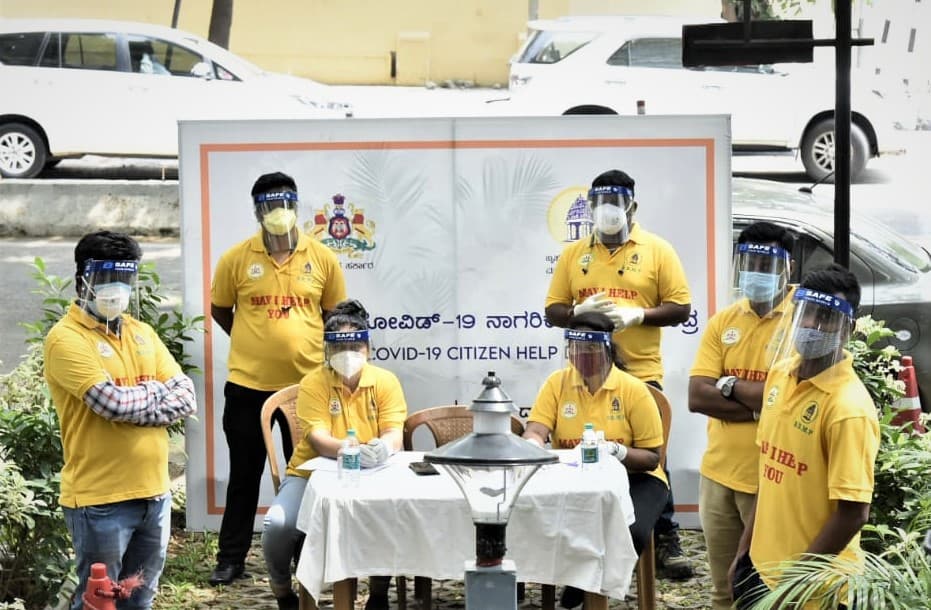
Policy-wise too, an administrator cannot push for recommendations as effectively as a BBMP Council can (at least, on paper). In March, BBMP was aware of increasing cases in Bengaluru. Among their recommendation was to reduce occupancy in theatres to 50%. The state government instead continued to allow 100% occupancy till April 10.
What next?
It is hard to be positive in a city that is mourning. For many, optimism comes not from governmental action or policy decisions, but from the strange behaviour of the virus itself. The first wave fell from its peak rather quickly. One can only hope that the city is near its peak and the second wave ends as quickly.
After that, it is up to the government to get its act together to prepare for an inevitable third wave.
Well argued piece. But the main point of the writer was Yediyurappa could not get enough assistance from the BJP government because he was too weak to stand up for the State’s rights. The same charge was made against the previous Chief Minister of Tamil Nadu Edappadi K Pàlanisami that he was weak and Modi was ruling by proxy. But the then Chief Minister refused to allow incoming passengers by rail and air into the State without quarantine. He took care of the marginalized and created containment zones. He ramped up health infrastructure. He judiciously used lockdown as a measure to contain the spread
The present Chief Minister MK Stalin, who was critical of the AIADMK Government, has included it’s health minister Vijaya Bhaskar in an all-party advisory committee on tackling the second wave. That’s the way forward.
The writer blames the Karnataka Government for decentralising Covid management. The man to blame is Modi. The epidemic act gives all powers to the Centre. Instead of sharing that power, Modi thought he could single handedly battle the virus. Having failed miserably, he is passing the buck by asking States to import drugs in the global market. The better off States like Tamil Nadu, Kerala and Maharshtra may get contract but sick States like Bihar will have to fend for themselves. As for Karnataka it’s citizens must themselves that their rulers are not prescribing home remedies like cow’s urine.